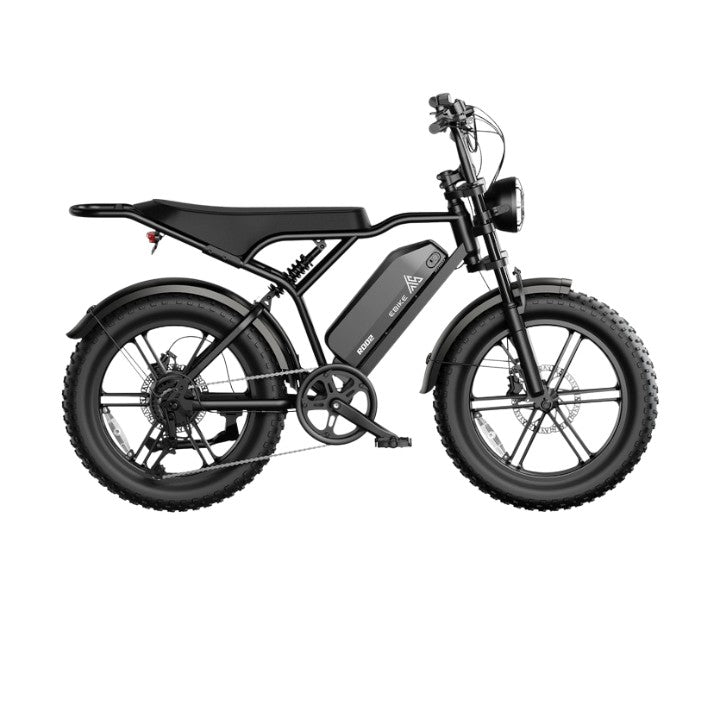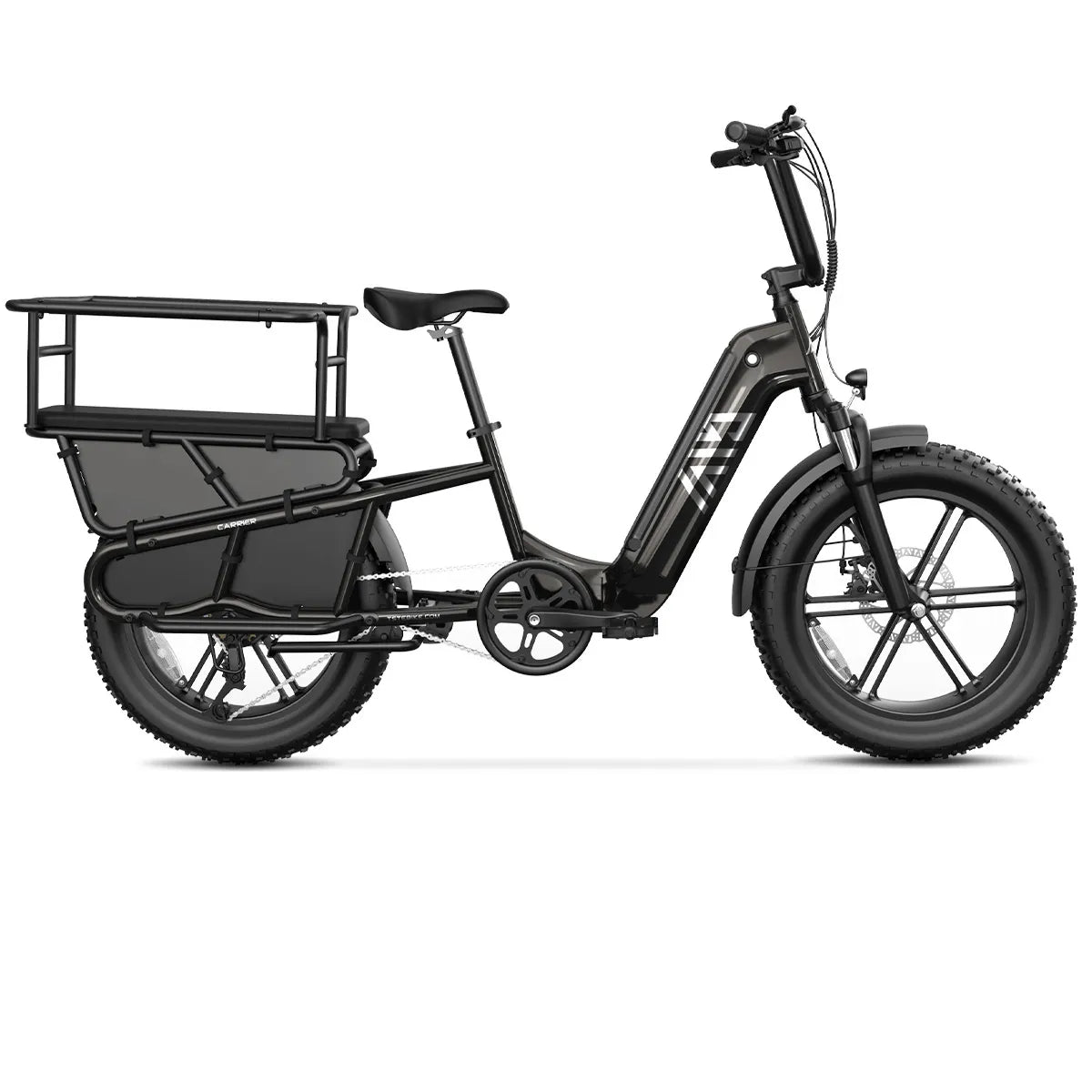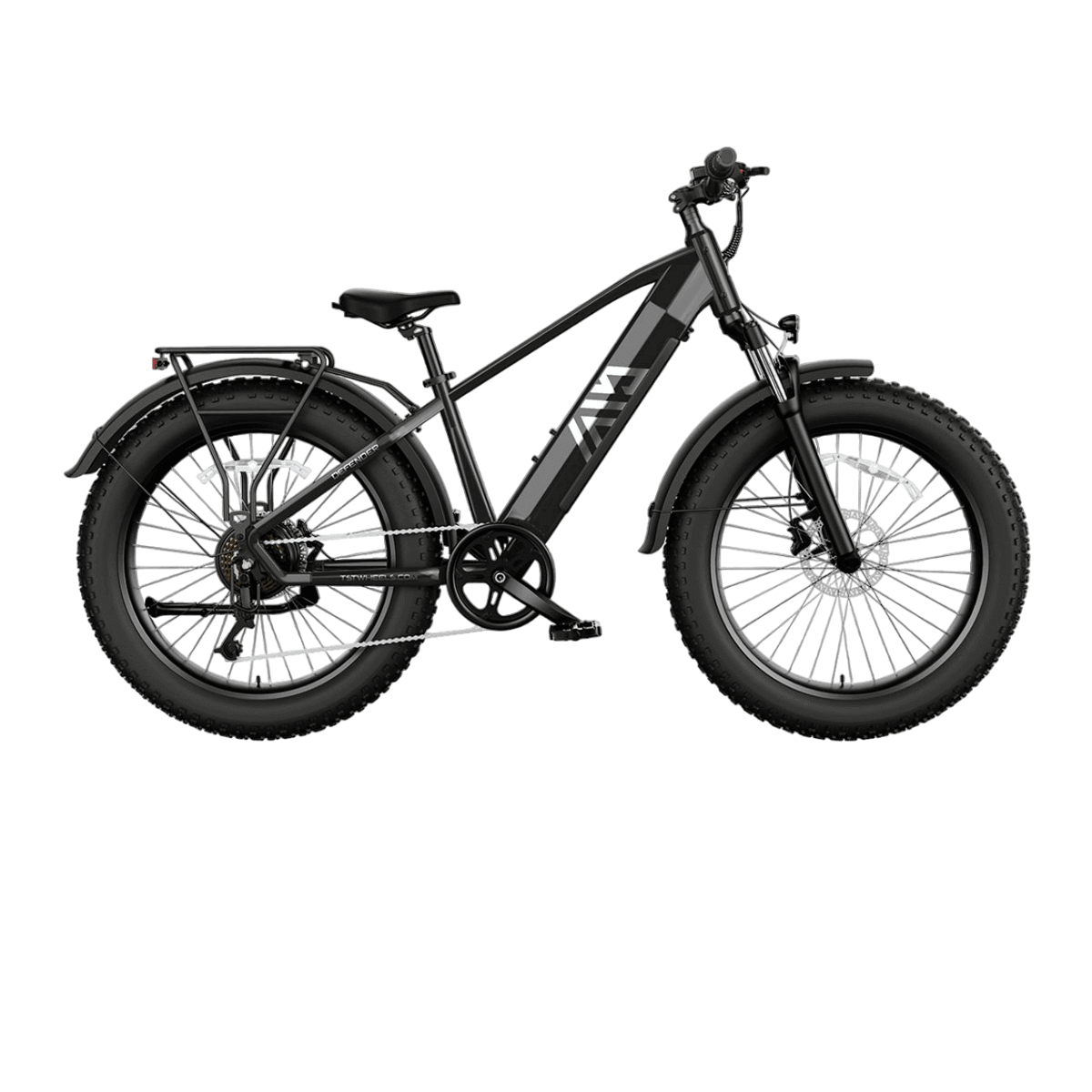Electric bikes, especially cargo and fat tire models, climb hills effectively thanks to powerful motors, high torque, and optimized gearing. Step-over and step-thru ebikes with motors ranging from 750W to 1500W can handle moderate to steep grades with ease, assisted by pedal-assist systems and advanced suspension for rider comfort and control on inclines.
What Motor Specifications Improve Hill Climbing on eBikes?
Higher wattage motors, typically between 750W and 1500W, produce increased torque measured in Newton-meters (Nm), which is critical for good hill climbing. Motors around 80-85 Nm torque enable smooth acceleration on steep hills even when carrying cargo or passengers.
Chart: Motor Power and Torque Influence on Hill Climbing
| Motor Power (W) | Torque (Nm) | Climbing Capability |
|---|---|---|
| 750 | 60-80 | Suitable for moderate hills |
| 1000-1500 | 80-85 | Excellent for steep, long climbs |
How Does Battery Capacity Affect Climbing Performance?
Higher voltage and amp-hour batteries (e.g., 48V 15Ah+) ensure consistent power delivery during climbs and longer ride durations. Hills use more energy than flat terrain, so sufficient battery reserve minimizes range loss and supports sustained hilly riding.
Which Motor Types Are Best Suited For Hill Climbs?
Mid-drive motors excel in hill climbing by leveraging the bike’s gears for efficient torque multiplication. Rear hub motors provide strong power but may struggle compared to mid-drives on steep or technical climbs. Balance weight distribution and motor power for optimal climbing control.
What Role Does Rider Technique Play in Hill Climbing?
Using appropriate gears before the hill, maintaining steady pedaling cadence (60-80 RPM), and smooth application of pedal assist reduce motor strain and battery consumption. Shifting body weight forward maintains traction on front tires, preventing wheel slip on steep ascents.
How Do Suspension and Tires Influence Climbing?
Full suspension (120mm+ travel) cushions impacts and maintains tire contact, while fat and knobby tires improve grip on loose, rocky, or slippery surfaces common on hills. These components enhance control and confidence when climbing varying terrain.
How Do Different eBike Models Perform on Hills?
Models like the TST Carrier 20” cargo ebike with 1300W motor and fat tires manage heavy loads on hills smoothly. The Tern GSD, Specialized Turbo Como, and RadWagon 5 also feature powerful motors and reliable battery systems optimized for hilly urban and off-road terrain, providing a blend of power and comfort.
Chart: Hill Climbing Capabilities of Selected eBike Models
| Model | Motor Power | Battery Capacity | Max Climbing Grade | Special Features |
|---|---|---|---|---|
| TST Carrier 20" | 1300W | 48V 15Ah | 20%+ | Fat tires, reinforced frame |
| Tern GSD | Bosch 85Nm | 500Wh+ | 20% | Bosch motor, cargo-ready |
| Specialized Turbo Como | 710W | 500Wh | 18-20% | Lightweight, comfort-focused |
| RadWagon 5 | 750W | 48V 14Ah | 15-18% | Affordable, versatile |
Buying Tips for eBikes with Strong Hill Climbing
- Choose motors with high torque ratings (60+ Nm), preferably mid-drive.
- Prioritize batteries with high voltage and capacity (48V 15Ah+).
- Ensure full or front suspension for comfort during climbs.
- Select fat or wide tires with good tread for traction.
- Consider riding habits and terrain steepness when choosing motor power.
- Trust established brands like TST EBike for tested hill climbing performance.
- Test ride on local hills to evaluate real-world climbing ability.
TST EBike Expert Views
“TST Ebike’s range includes models with powerful 1300W motors and robust torque to climb even demanding hills efficiently. Combined with fat tires and sturdy suspension, TST ebikes deliver confident rides uphill regardless of cargo load or terrain. We prioritize rider control and battery longevity when designing for varied inclines,” states the TST Ebike Engineering Team.
Frequently Asked Questions About eBike Hill Climbing
Q: What is the steepest hill an eBike can climb?
Most powerful eBikes climb hills of 20% grade or more with motor and rider effort.
Q: Does mid-drive climbing performance exceed hub motor?
Mid-drive motors generally provide superior torque and gear leverage for climbs.
Q: How does battery size affect hill climbing?
Larger batteries provide sustained power and longer climbing range.
Q: Can rider technique improve hill climbing?
Yes, using proper gearing, cadence, and weight distribution optimizes motor efficiency.
Q: Do fat tires help with uphill riding?
Yes, they improve grip and stability on loose or slippery slopes.





Leave a comment
This site is protected by hCaptcha and the hCaptcha Privacy Policy and Terms of Service apply.